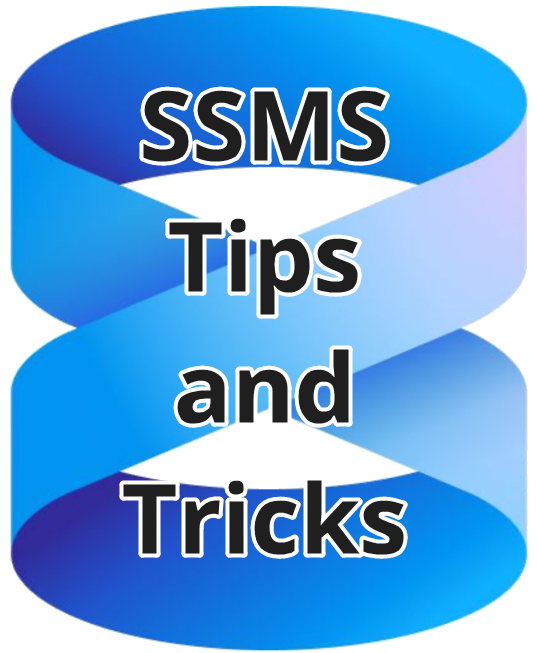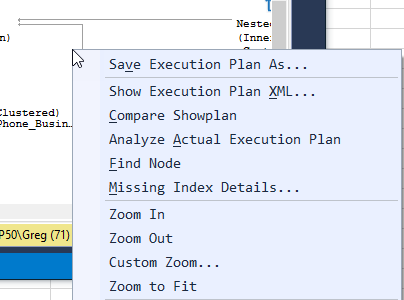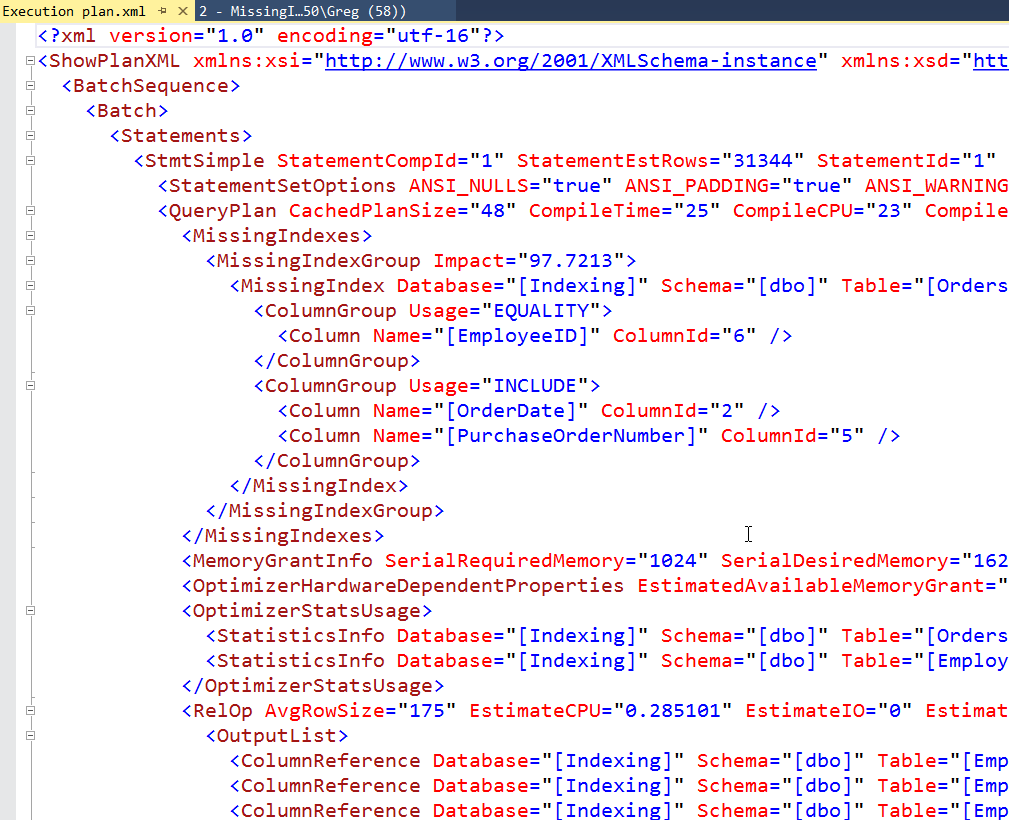
Data Tales 4: The case of the phantom duplicates
This is the fourth tale in a series of stories about data. I hope you enjoy the series.
As very few people seem to have worked with SQLCMD mode, I thought I’d start this article with a little background.
Some background
Way back in SQL Server 2005, Microsoft added SQLCMD as a new command line tool to replace OSQL. It was an OLE-DB based tool rather than an ODBC based tool and had a richer set of options. For example, you could execute operating system commands within your scripts.
2025-09-15







